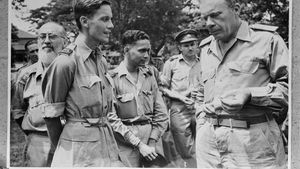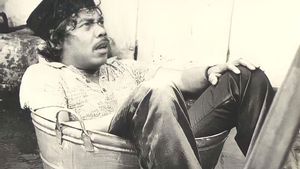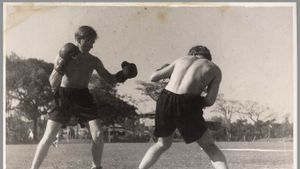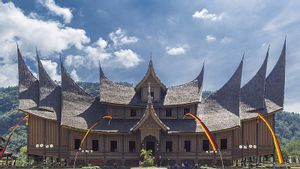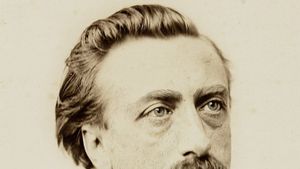JAKARTA - Today 79 years ago, or to be precise March 7, 1943, the iconic statue of Jan Pieterszoon Coen in the Dutch colonial era in Batavia was destroyed by the Japanese. The statue located in the Lion Square (now: Lapangan Banteng) was destroyed as a tactic to win the hearts of the bumiputras. The tactic is accurate. The natives sided with the Japanese a lot. Because, the natives have abysmal hatred of the Dutch colonialists. Coen moreover. He was the one who laid the foundation for colonialism in the archipelago.
Coen is one of the most famous names in the history of Dutch colonialism in Indonesia. The man who served as Governor General of the VOC twice, 1619-1623 and 1627-1629, is predicted to be the most successful person in bringing the VOC.
He also perpetuated Dutch rule in Indonesia. Coen is a hero to his successors. The euphoria even continued even though Coen had died on September 21, 1629. In fact, until hundreds of years later. The creation of the Coen statue in Lion's Square is one such form.

The statue as high as 4.10 meters was immediately transformed into an icon of Batavia. The colonial government who built the statue truly believed that the presence of this new icon would make the Dutch people remember the achievements of the founder of Batavia, Coen. An important figure in the writing of the history of Jakarta, Adolf Heuken said that to make it look fierce, the statue was erected to imitate the pose of a statue of a Swedish king, Gustav Adolf.
The Coen statue was inaugurated to coincide with the 250th anniversary of Batavia on May 29, 1869. The three-day celebration was lively. All kinds of party needs some of which are imported from Europe. Therefore, the impression of luxury can be felt.
Even when night comes. The dance party at the exclusive club Societeit de Harmonie is always full of visitors. They were completely dissolved in happiness while thanking their predecessor, Coen.
“The debauchery lasted three days, day and night. Many special needs items are deliberately imported from the Netherlands. In closing, a masked dance party (gekostumeerd) was held. The rooms in the Harmonie Building are decorated with Venetian lamps, Persian rugs, luxurious European furniture, wall hangings, and garlands of tropical flowers and plants. Inside, 40 tables are prepared, each for 12 people,” said Zaenudin HM, in the book Stories of Edans Around Djakarta Tempo Doeloe (2016).
However, the existence of the statue had to end during the Japanese occupation. Elimination of things that smelled of the Netherlands became the main focus of Japan at the beginning of its rule. Those in power began to prohibit the use of the Dutch language, change the name of the road, the name of Batavia to Jacatra, and dismantle a number of statues. In particular, the Coen statue.

All this was done by Japan to win the hearts of the natives. Which is, the natives have hated being colonized and extorted by the Dutch for hundreds of years. So when the Japanese entered, the Dutch in Indonesia even occupied the lowest strata in society.
“The first action that Japan took was the removal of the statue of Jan Pieterszoon Coen. Jan Pieterszoon Coen is a symbol of the city of Jakarta and a symbol of colonial power, because Jan Pieterszoon Coen is the founder of the city of Batavia,” wrote Sutoyo et al in the book History of the National Awakening of the East Java Region (1978).
SEE ALSO:
The English, Chinese, Japanese, Arabic, and French versions are automatically generated by the AI. So there may still be inaccuracies in translating, please always see Indonesian as our main language. (system supported by DigitalSiber.id)



